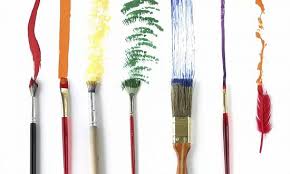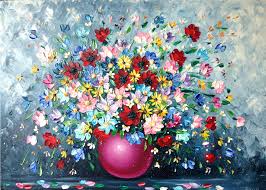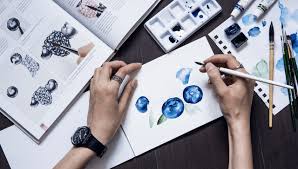Russian academic school
MASTERPIECES OF PASTEL FROM FUNDS OF THE TREYAKOV GALLERY (part 1)
 The collection of the State Tretyakov Gallery contains about 800 pastels, some were purchased by P.M. Tretyakov.
The collection of the State Tretyakov Gallery contains about 800 pastels, some were purchased by P.M. Tretyakov.
Pastel must be stored under glass. It is very vulnerable: it can fall off from a concussion, all kinds of travels are dangerous for it, it is disastrously affected by direct sunlight, temperature extremes, excessive dryness or humidity. Constant concern for the safety of “loose” pastel works does not allow them to be often and continuously exposed. To see them in the halls of the museum is a rare and significant event.
The word pastel comes from Italian pasta – pasta or pastry. This is the name of the material for drawing, the technique in which the artist works, and, finally, the artwork drawn with pastel pencils. Continue reading
ABOUT AQUARIAN PAINTING TECHNIQUE (part 1)
 The element of water and paint
The element of water and paint
Despite the availability and prevalence, the watercolor technique remains mysterious and incomprehensible to many, both amateurs and professional artists. Despite the apparent lightness, this material, which is natively associated with water, because of its disobedience and spontaneity, creates many problems for those who neglect the need for patient study.
Starting the story about the watercolor technique, you need to recall what, in fact, means “watercolor” in the dictionary sense, since the key to understanding lies in the word itself. Continue reading




